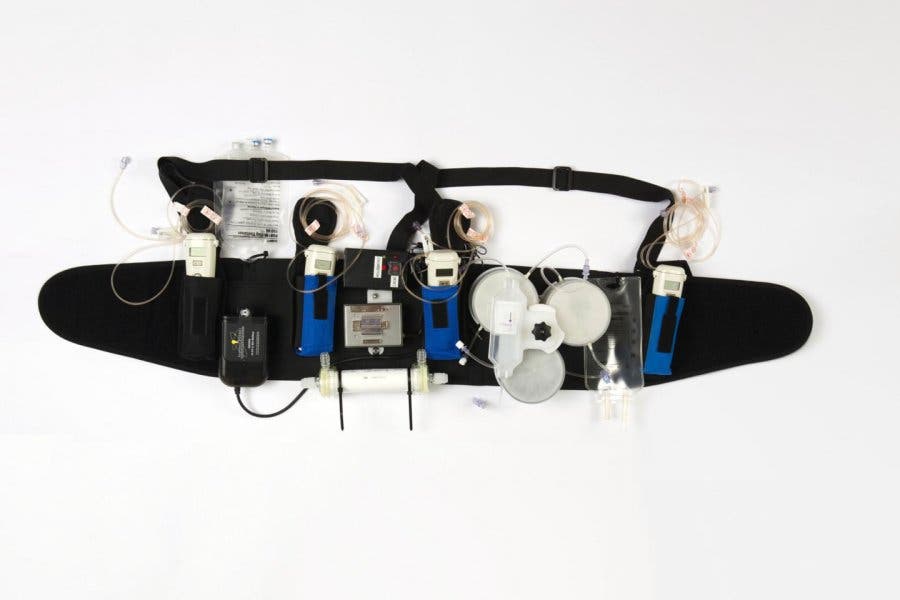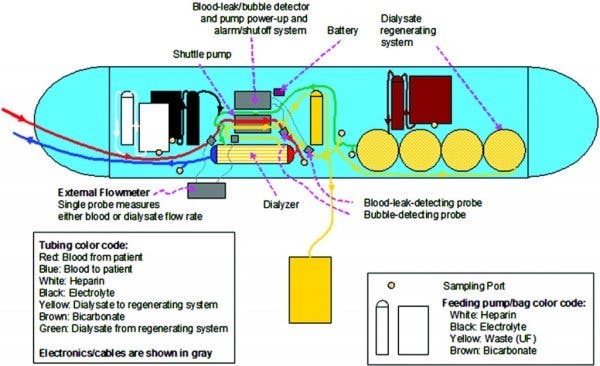Wearable artificial kidneys may soon replace traditional dialysis machines, the results of a new clinical study show. While there are still some teething issues to fix before wide scale use, patients praised the system’s portability and ease of use.

Image credit: Stephen Brashear/University of Washington.
Dialysis is required by patients whose kidneys can no longer effectively clean waste products out of the bloodstream. Current treatments are done in three treatment sessions a week. These are performed in hospitals as the process involves big, stationary machines which filter the patient’s blood. As you can probably imagine this is quite a hassle and overall unpleasant experience for the patients, and having access to a wearable device that would allow treatment to be performed at home or while mobile would be a huge quality of life improvement for them.
The FDA authorized trials of a prototype device that does all this, dubbed the “Wearable Artificial Kidney”. The trials involved seven patients from the University of Washington Medical Center in Seattle during late 2015. The experiments aimed to determine how efficient the new device is at the task, but also whether or not it could be safely used for prolonged periods of time.
The wearable kidney was effective in clearing the patients’ blood of all waste — such as urea, creatine and phosphorus — and clearing excess amounts of water and salt. Even more, while the diets of dialysis patients are heavily restricted (because they need to keep their electrolyte and blood volumes in balance) there are no limitations for patients using the Wearable Artificial Kidney.
Users’ circulatory systems remained stable, and they reported no side effects during the trials. Unfortunately, after the seventh patient the team ran into technical problems with the device, such as a significant formation of carbon dioxide gas bubbles within the dialysis solution and variations in this solution and blood flow rates.

Image credits: Stephen Brashear/University of Washington
These teething issues need to be solved before the gear can become commercially available, but the initial results are very promising. They show that the concept of a wearable dialysis device is viable, and patients reported a much higher satisfaction with it than with conventional treatments in use today — especially because they can perform the treatment at home and because they’re free to continue with their day to day life while doing it.
The redesign of the components will be directed towards ease of use and reliability, but the researchers said their number one priority is for patients to be able to perform the treatment at home — either by themselves or by those taking care of them.
The results of the study have been published online in the Journal of Clinical Investigation under the title “A wearable artificial kidney for patients with end-stage renal disease” and can be read here.






